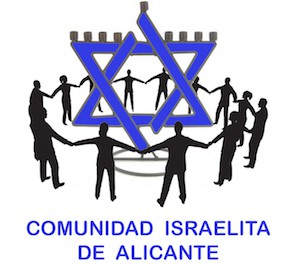Iaacov se establece en Jevrón con sus 12 hijos. Su favorito es Iosef, de 17 años. Los hermanos de Iosef están celosos por el trato preferencial que recibe, como por ejemplo, del saco multicolor que Iaacov le hizo. Iosef les cuenta a sus hermanos dos sueños que tiene, que profetizan que él esta destinado a gobernar sobre ellos, aumentando la envidia y el odio hacia él.
Shimón y Levi planean matarlo, pero Reuvén sugiere, a cambio, arrojarlo en un pozo, con la intención de volver más tarde y salvarlo. Mientras Iosef está en el pozo, Iehuda lo vende a una caravana de Ishmaelitas. Los hermanos manchan el saco especial de Iosef en la sangre de un cabrito y se lo muestran a su padre, haciéndole pensar que su más querido hijo fue devorado por una bestia salvaje.
Iehuda se casa y tiene tres hijos. El mayor, Er, muere joven y sin hijos, y su mujer, Tamar, es dada en matrimonio a su segundo hijo, Onan. Onan peca al derramar su simiente y, también, muere joven. Iehuda no quiere que Tamar se case con su tercer hijo. Determinada a tener un hijo de la familia de Iehuda, Tamar se disfraza como una prostituta y seduce a Iehuda mismo. Más tarde, Iehuda se entera de que Tamar está embarazada y la manda a matar por infidelidad, pero cuando ella muestra ciertos objetos personales que Iehuda dejó como garantía de pago, él admite públicamente que es el padre. Tamar tiene dos hijos, Peretz (ancestro del Rey David) y Zeraj.
Iosef es llevado a Egipto y vendido a Potifar, el ministro encargado de las carnicerías del Faraón. Di-s bendice todo lo que él hace y pronto es nombrado encargado de todas las propiedades de su amo. La mujer de Potifar desea al muchacho; cuando Iosef se niega a estar con ella, ella le dice a su marido que el sirviente hebreo trató de forzarla, y lo envían a prisión. Iosef gana la confianza de los carceleros, quienes le otorgan un cargo importante en la administración de la prisión.
En prisión, Iosef se encuentra con el Maestro de Coperos y Maestro de Panaderos del Faraón, ambos encarcelados por el rey. Los dos tienen un sueño, que Iosef interpreta; en tres días, les dice, el Maestro de Coperos será liberado y el Maestro de Panaderos será ahorcado. Iosef le pide al Maestro de Coperos que interceda por él ante el Faraón. Las predicciones de Iosef se cumplen, pero el Maestro de Coperos se olvida de Iosef.

